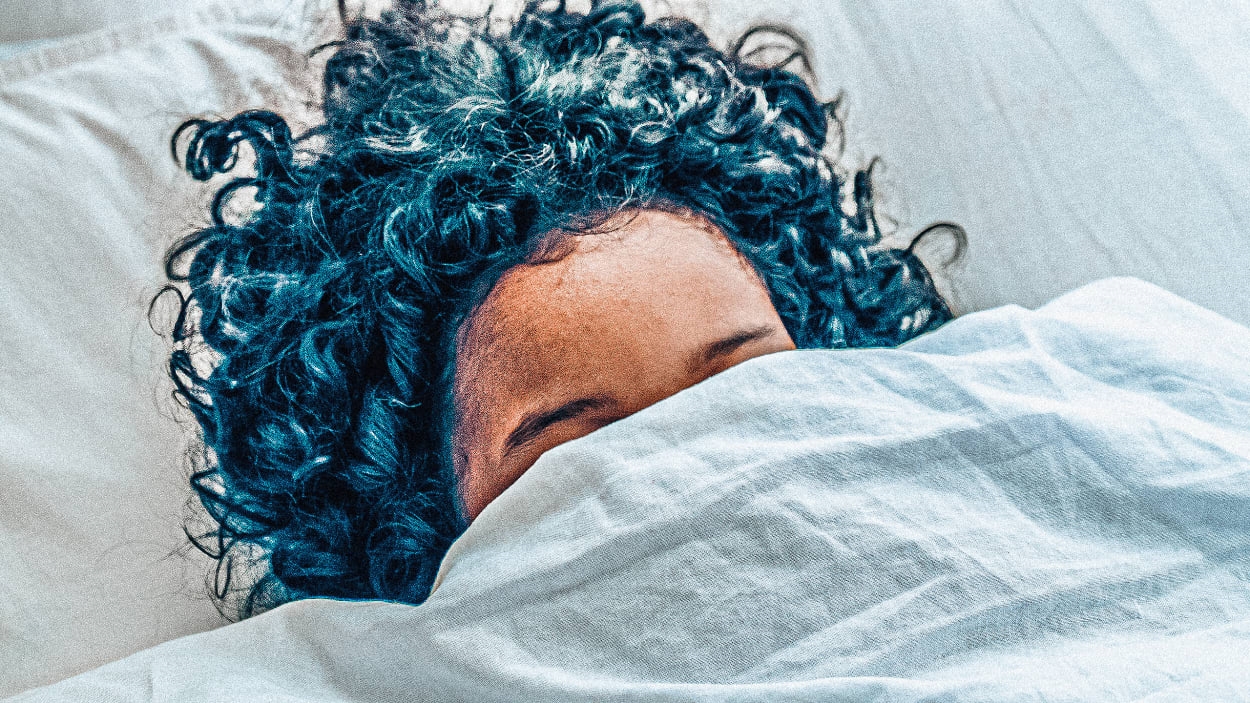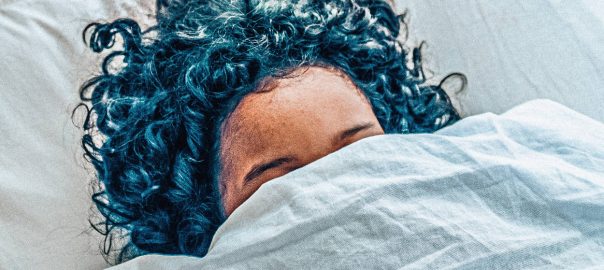By Katina Bajaj
What if I told you that laziness is a symptom, not the problem itself?
It sounds radical, I know, but when we drill into the scientific literature, there isn’t any proof that laziness is more than an overused label. As a clinical psychology researcher and cofounder of a mental well-being company, I can tell you that this misconception is at the root of our culture’s obsession with productivity and if we keep believing it, we’re going to be more than just exhausted.
As we race to our jobs, churn through never-ending to-do lists, and run from meeting to meeting, eyes glazed over from the frenzied nature of our daily lives, many of us believe that we need to work this way in order to deserve rest. Our culture is so obsessed with this chaos, which writer Tim Kreider describes as “an endless, frantic hamster wheel for survival.”
Here’s the problem: By trying to optimize every moment of our day, and squeeze out every bit of productivity we can, we have ended up with the largest mental health epidemic ever recorded.
From my point of view, we’ve been trying to solve this issue all wrong. The answer to escaping life’s endless, frantic hamster wheel doesn’t call for simply opting out. The answer, in part, already lives in our brains. We just have to slow down enough to access it.
Where the concept of “laziness” comes from
While our lives today may seem busier than ever, demonizing laziness isn’t anything new. Some experts even say laziness is a social construct used to justify political, social, and economic order—and it has existed for hundreds of years.
It may seem like “hustle culture” started with the rise of social media, but philosopher Bertrand Russell was writing about our struggles with making space for leisure back in 1932. Russell’s essay titled In Praise of Idleness reads:
“The wise use of leisure, it must be conceded, is a product of civilization and education. A man who has worked long hours all his life will be bored if he becomes suddenly idle. But without a considerable amount of leisure a man is cut off from many of the best things. There is no longer any reason why the bulk of the population should suffer this deprivation; only a foolish asceticism, usually vicarious, makes us continue to insist on work in excessive quantities now that the need no longer exists.”
Award-winning journalist Celeste Headlee, takes it one step further. In her book Do Nothing, she describes the real culprit behind our hatred of laziness, not as our phones or incessant email pings, but something much more integrated in the fabric of our society. She traces the perception back to the Industrial Revolution, which sparked an unprecedented change in our world. The Industrial Revolution, she argues, allowed us to accept the hamster wheel and encouraged us to prioritize work above all else.
However, the reality is that we’re not meant to work as much as we do. In fact, as a species, we love downtime. Humans thrive when we have time for leisure; creating, daydreaming, and imagining. In fact, researchers have found that communities that prioritize leisure over work enjoy higher levels of well-being.
Fortunately, we have the power to get off this hamster wheel.
The benefits of creativity
The antidote to our “productive” nature is simple, but often overlooked. The key is to wake up a part of ourselves that we’ve numbed in order to exist on the hamster wheel: our naturally creative minds.
Embracing creative thinking as the answer to our frantic lifestyle can help us on both a personal and societal level. For one, creative expression—not achievement—is a healing modality that has been used for centuries.
And, modern science backs it up. It is most typically known as “flow,” a scientific concept popularized by Mihaly Csikszentmihalyi. On his quest to understand what made life worth living, Csikszentmihalyi discovered that flow is when “the ego falls away. Time flies. Every action, movement, and thought follows inevitably from the previous one.” He calls this flow the brain’s superpower.
Adam Grant referenced the power of flow in his viral article about languishing. And, new research conducted during COVID-19 suggests that creative flow is the best predictor of well-being, even more so than mindfulness and optimism. From an emotional level, tapping into our innate creativity allows us to savor the good moments, and acts as insurance against the tough ones. Even more, it creates new connections in your brain to literally rewire how you see the world and is at the root of neuroplasticity, a core element of long-term brain health.
To be sure, flow is only one component of creative expression. Creative thinking can happen anywhere. It’s our brain’s ability to imagine a future that doesn’t exist and it doesn’t need to result in a fancy output. It can be as simple as giving yourself permission to play with your kid’s LEGOs during the work day or doodling in a notebook.
We’ve seen this impact on a micro-level from our members at Daydreamers, my startup, focused on helping adults access their creative brain. Over 65% of our early members have made a major change in their lives after making creative flow a habit and bringing their creative perspective into the way they see the world; from upgrading their jobs, to leaving relationships, to moving across the country.
Making room for creativity is a radical choice in a world that prioritizes the endless hamster wheel, because at a baseline, it allows all of us to think differently. Creative thinking isn’t just healing on an individual level. It is the starting point for shaking up the status quo. Look at Ukrainian artists’ rallying cries. All revolutions, from local activism to government overthrows, have started with the simple question: What if things could be different? That simple question is the starting point for change.

In order to make change in the present, we have to imagine the possibility of a future that doesn’t yet exist. And, living in a world that’s literally and figuratively on fire, we can’t opt out. We can’t do nothing.
We need to wake up our creative brains and use them to shake things up—for good.
Katina Bajaj is the cofounder and chief well-being officer of Daydreamers, also a published well-being author with a Master’s degree in clinical psychology from Columbia’s Mind-Body Institute.
(10)








